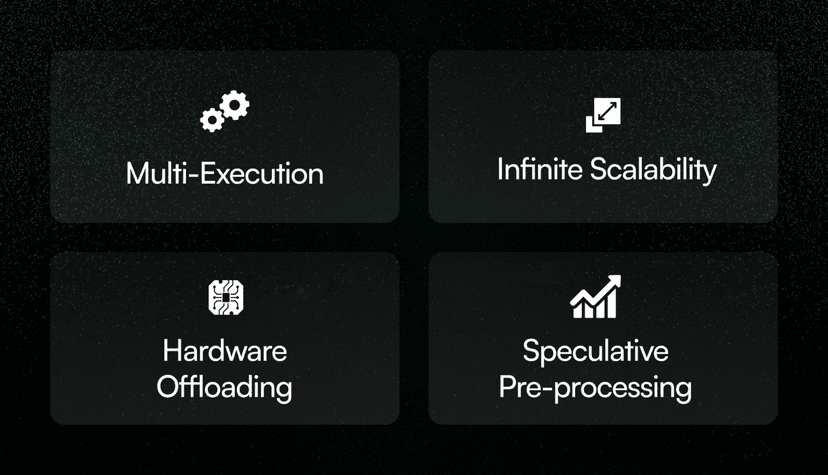I often see people showing off Solayer's Gas chart, saying, 'Transaction fees are only a few cents', which gives a sense of 'cheapness that you lose if you don't use it'. But my focus is on Gas usage and stability. A daily session screenshot can certainly attract likes, but what can truly retain users is whether they can 'use it for a long time without lagging'.
After tracking data for two weeks, I found that Solayer's average Gas usage is between 300-400k Gwei, with a few days peaking at 600k, but I haven't seen the kind of instant queuing and block delay spikes like other L2s. This indicates that on-chain operations are stable, can withstand high concurrency, and are unlikely to crash the chain just because there are more users.
I also used TX volume statistics and found that the daily transaction volume fluctuates between 50,000 and 70,000, even on weekends there is no sharp decline. The average transfer cost is between $0.02 and $0.05, which is far lower than the $2-$3 level of the Ethereum mainnet; however, I am more concerned about the smoothness of this cost range, which ensures that the user experience is not 'looks cheap once', but 'is cheap every time'.
On a technical level, I also noticed that Solayer's node pool has connected multiple mainstream RPC service providers. The official documentation states 'automatic load balancing + multi-node redundancy'; this is a much more concrete infrastructure guarantee than just saying 'low Gas'. The purpose of writing this is to remind everyone not to be blinded by 'cheap', as stability is fundamental.